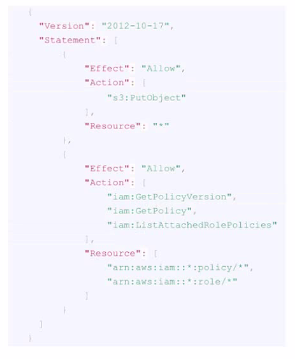An administrator must configure a fan-out SnapMirror architecture from an on-premises, four-node cluster to highly available instances of Cloud Volumes ONTAP (CVO) in both Azure and GCP.
Correct Answer:
C
When configuring a fan-out SnapMirror architecture from an on-premises four-node cluster to highly available instances of Cloud Volumes ONTAP (CVO) in both Azure and GCP, you will need to establish intercluster LIFs (Logical Interface) to connect the three clusters. Here's the breakdown:
Intercluster LIFs per Node: Typically, at least one intercluster LIF is required per node in a cluster to facilitate SnapMirror replication. This is necessary for network communication dedicated to data replication between clusters.
Total LIFs Calculation:
On-premises four-node cluster: 4 LIFs (one per node)
Each CVO instance in Azure and GCP: Assuming each is a two-node setup, 4 LIFs per CVO instance (2 nodes x 2 LIFs each for redundancy and high availability).
Total LIFs = 4 (on-prem) + 4 (Azure CVO) + 4 (GCP CVO) = 12 LIFs.
Redundancy and Availability: Given the critical nature of maintaining connectivity for HA instances in both Azure and GCP, configuring two LIFs per node in the cloud environments ensures redundancy and enhances reliability.
This setup ensures that each node in every cluster can maintain an independent connection for data replication, vital for a robust and efficient fan-out architecture. For further guidance on configuring SnapMirror and intercluster LIFs, consult the NetApp documentation on SnapMirror configuration: NetApp SnapMirror Documentation.


